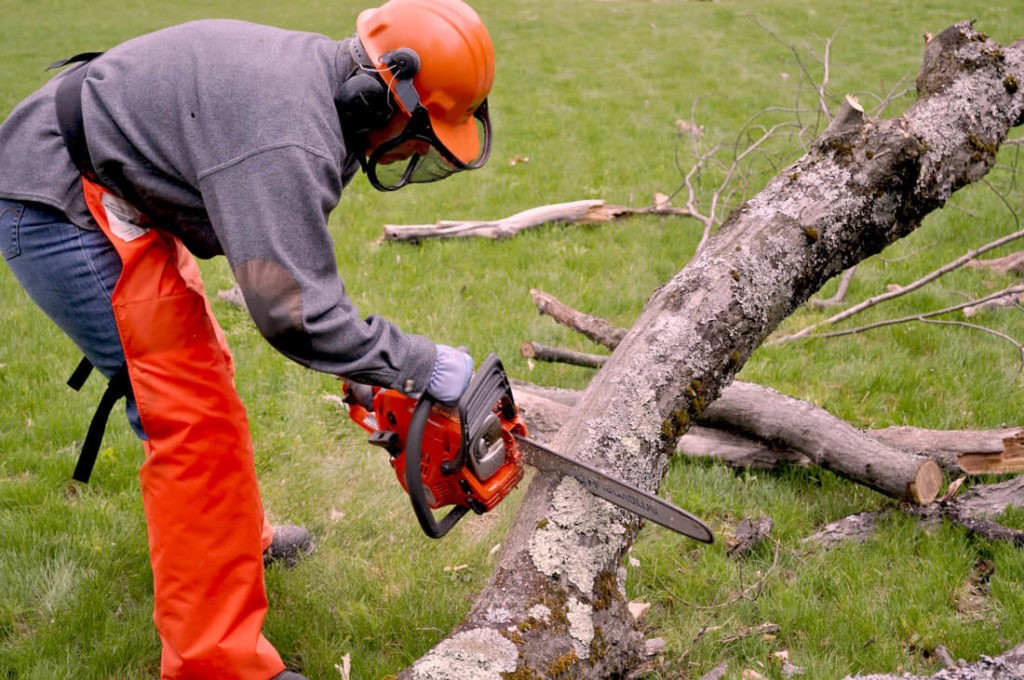
The Art of Tree Extraction: Mastering the Science of Tree Removal
As the sun sets on a picturesque landscape, you may find yourself gazing upon a towering tree that has seen the passage of time. But what happens when that very tree poses a threat to its surroundings, whether it be through disease, damage, or simply outgrowing its allotted space? This is where the art of tree extraction comes into play, a practice that requires a delicate balance of skill and precision. In this article, we will delve into the intricacies of tree removal, exploring the science behind it and the expertise required to master this essential process. Whether you’re a seasoned arborist or a curious observer, join us as we unlock the secrets of the art of tree removal.
Understanding the Need for Tree Removal
Trees are an integral part of our natural environment, offering shade, beauty, and even a home for wildlife. However, there are circumstances when the removal of a tree becomes necessary. When considering the need for tree removal, several factors come into play.
Commercial Tree Trimming

Firstly, safety is of utmost importance. Trees that are diseased, damaged, or structurally compromised pose a significant risk to people and property. Dead branches or a weakened trunk may fall unexpectedly, endangering not only individuals but also nearby structures such as homes and power lines. In such situations, removing the tree becomes crucial to prevent accidents and potential disasters.
Secondly, tree removal may be necessary for the health of the surrounding vegetation. Sometimes, a tree may become infested with pests or affected by a disease that can spread to other nearby plants. In order to safeguard the overall ecosystem and maintain the health and balance of the green surroundings, it is essential to extract the affected tree.
Lastly, tree removal might be required to make way for new construction or to address issues with space. As cities expand and new development projects arise, existing trees may need to be removed to accommodate new buildings or infrastructure. Additionally, overcrowding in a particular area can result in trees competing for resources and not flourishing as they should. In such cases, strategic tree removal allows for better growth and development of the remaining vegetation.
Understanding the need for tree removal is crucial in ensuring the safety and preservation of our natural environment. By carefully considering the factors mentioned above, appropriate decisions can be made to remove trees when necessary, striking a balance between our need for development and the importance of environmental conservation.
The Process of Tree Extraction
In the art of tree removal, the process of tree extraction plays a crucial role. It involves meticulous planning and specialized techniques to ensure safe and efficient removal of trees. Let’s take a closer look at the steps involved in this intricate process.
Firstly, a thorough assessment of the tree’s condition is conducted. This helps in determining the approach to be taken during the extraction. Factors such as the size, location, and angle of the tree, as well as any potential risks or obstacles in the surrounding area, are carefully evaluated. This initial evaluation sets the foundation for the entire extraction process.
Once the assessment is complete, the next step is to prepare the site for tree removal. This involves clearing the area of any objects or structures that may obstruct the extraction process. Additionally, safety measures such as marking boundaries and redirecting pedestrian or vehicular traffic are put in place to ensure the safety of both the crew and the public during the extraction.
With the site prepared, the actual tree removal process begins. Specialized equipment and techniques are employed to dismantle and lower the tree in a controlled manner. It’s crucial to follow industry best practices and safety guidelines during this stage to minimize any potential damage to the surrounding environment or structures.
By adhering to these meticulous steps, the process of tree extraction can be truly mastered. Attention to detail, knowledge of tree biology, and expertise in using the right equipment are key factors in ensuring a successful tree removal operation, while prioritizing safety and environmental sustainability.
Safety Measures and Best Practices
When it comes to tree removal, prioritizing safety is crucial. By following a set of best practices, professionals can minimize risks and ensure a successful tree extraction process.
Awareness of the surrounding area is paramount. Before commencing any tree removal, it is essential to thoroughly assess the environment. Identifying potential hazards such as nearby power lines, structures, or unstable ground can help in planning a safe removal strategy.
Utilizing appropriate safety equipment is a must. Protective gear such as helmets, safety glasses, and gloves can shield tree removal experts from potential injuries. Additionally, using harnesses, ropes, and rigging equipment can aid in stabilizing the tree during the extraction process, reducing the chances of accidents.
Engaging in professional tree removal training is highly recommended. Acquiring the necessary knowledge and skills from reputable training programs can equip individuals with techniques to safely remove trees. These programs often cover topics such as hazard assessment, proper use of equipment, and tree felling methods, ensuring that professionals are well-prepared for any challenges they may encounter.
By adhering to safety measures and best practices, tree removal professionals can safeguard themselves, their team members, and the surrounding environment throughout the tree extraction process.



